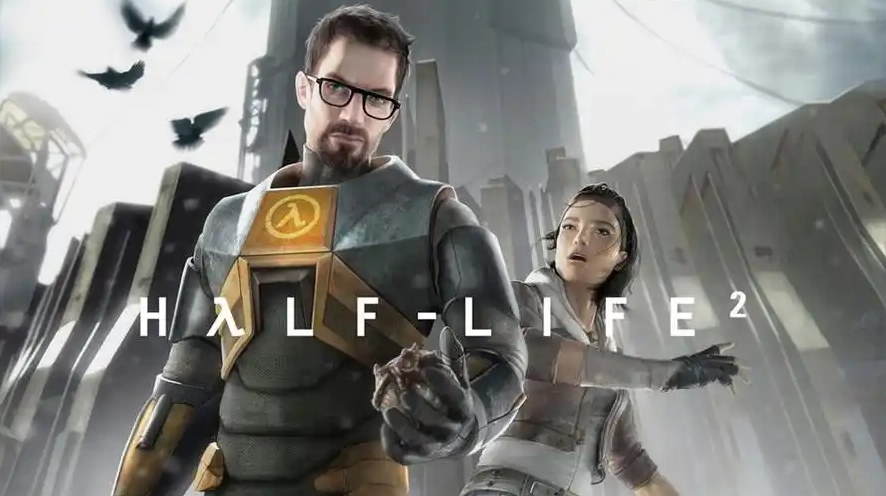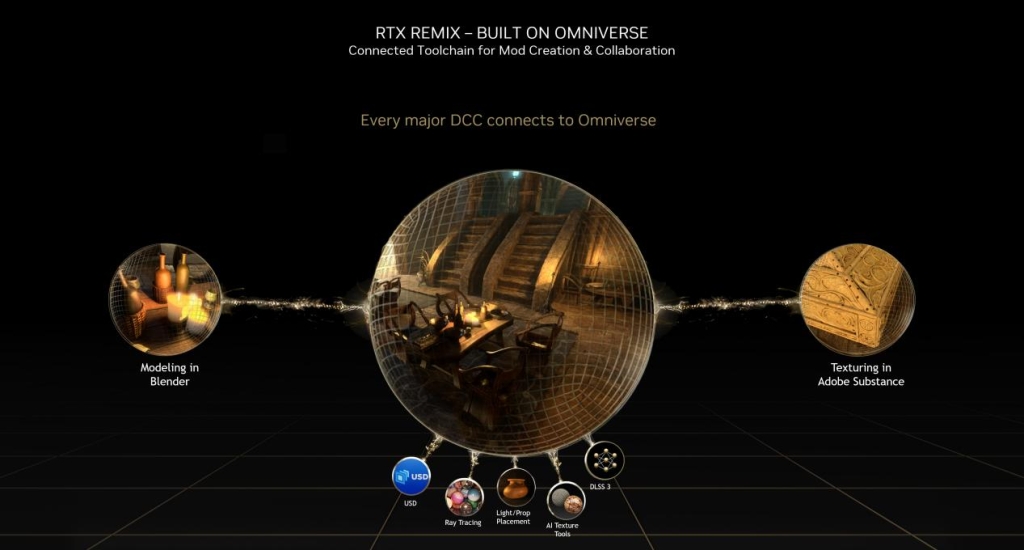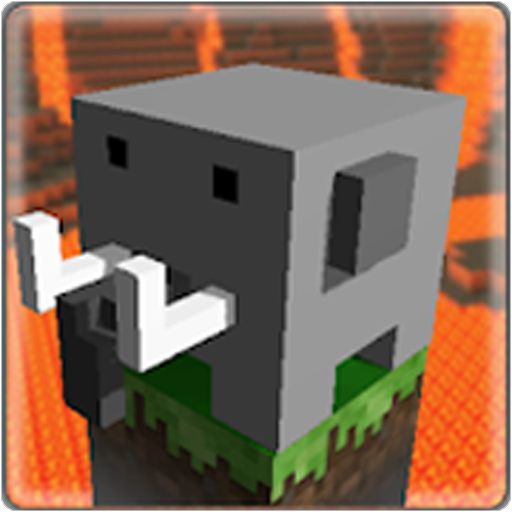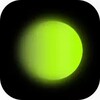Relive the classic: DLSS 4 helps "Half-Life 2" RTX version
Foreword

The RTX version of "Half-Life 2" has finally arrived. When fans heard the news, they were undoubtedly very excited. After all, it is a rare experience to be able to relive this award-winning classic. "Half Life 1" has completely subverted the pattern of modern FPS games with its cinematic narrative, and "Half Life 2" swept all major awards after its release in 2004 and became a legend. With its immersive narrative, innovative physics engine and fascinating game mechanics, this masterpiece has pushed the expressiveness of FPS games to a whole new level with its excellent Havok physics engine and epoch-making Source 3D engine. Because of this, players are full of expectations for the RTX version of "Half-Life 2". Now, with the help of NVIDIA RTX Remix technology, the RTX version of Half Life 2 has brought new vitality. How is it performed? Let's find out.
Use Remix to enhance Half-Life 2

RTX Remix As a powerful game module tool launched by NVIDIA, it makes classic games shine with the blessing of modern technology by utilizing modern ray tracing and AI technology. It can be said that RTX Remix It is not only a technological breakthrough, but also a bridge that connects past games with future innovations. With RTX Remix, gamers and mod makers can recreate the materials, lighting and models of old games, based on this technology, retaining the original gameplay and core experience to the greatest extent. This is also the fundamental reason why Half Life 2 can be reborn in Nirvana and comparable to today's most visually impactful games.
Panorama Ray Tracing
The core of RTX Remix lies in its powerful RTX AI technology stack, and the RTX version of "Half-Life 2" is equipped with NVIDIA's most advanced path tracker, which has 4 times more reflected light than "Minecraft with RTX", and has also introduced updated RT functions. Today, ray tracing has become an indispensable part of modern video games, and the RTX version of Half-Life 2 has been fully enhanced through full ray tracing. This technology completely changed City 17 with realistic lighting, shadows and reflections. By simulating the real physical characteristics of light, the originally simple picture is rejuvenated with new vitality, making Half Life 2 RTX more immersive, presenting an unparalleled depth and reality, bringing players a more shocking visual experience.
Screen effect display

In this scene, with the help of path ray tracing technology, the shadows that light sources shine on the table and cast to the ground are very realistic. The shadow is no longer a single black, but presents rich details, which is very consistent with the real environment. Even in the shadows, the texture of the ground is still clearly visible. In addition, the light reflection on the steel pipe in front of you is also very soft, which will not cause any discomfort to people. The overall effect is natural and realistic.

By using ray tracing technology, when you use props to ignite the gasoline barrel, the flame effect generated by the explosion is more realistic, no less than that of the current 3A masterpiece. The light of the flame will reflect in the surrounding environment, and the color and brightness of the flame will change according to the changes in ambient light, and it can even simulate a heat wave effect, making the air around the flame look like it is twisting and fluctuating. This reflection effect is difficult to achieve in traditional rendering technology.

"Half-Life 2" RTX version is one of the first ray tracing games to introduce subsurface scattering function. Thanks to advanced rendering technology, the game successfully captures the subtle light generated by light penetrating biological tissue, making the headhunter crab show the soft and translucent texture of real skin under the light, and players will feel more natural and realistic visually.

The smoke and dust generated by the explosion of the grenade show a delicate sense of grain under the light. When the fine dust slowly drifts in the air, the refraction and scattering of light make the entire scene full of rich layers. The flow of smoke and the interweaving of light and shadow make the picture look more vivid and real.
Use DLSS 4 to achieve maximum performance

In terms of configuration, in order to ensure the accuracy of the test results and avoid the impact of the barrel effect, we chose Intel's latest flagship processor, Ultra 9 285K, and paired with Asus' ROG STRIXZ890-E flagship motherboard. In addition, we also used three graphics cards to build a test platform to eliminate possible hardware bottlenecks during the testing process. The specific configuration list is shown in the figure.

In the RTX version of "Half-Life 2", we first conducted performance tests on the GeForce RTX 5070 FE. Since the landscape and buildings in the game fully adopt real-time ray tracing technology, this greatly improves the performance requirements of graphics cards. We tested the GeForce RTX 5070 FE at 1080P resolution. Without DLSS 4 turned on, the average frame count is only 29 frames, which makes the performance a bit difficult. However, after turning on the highest image quality preset and enabling the 4X quality mode of DLSS 4, the average frame count jumped to 190 frames, with a huge increase in frame count and amazing performance. In addition, thanks to the support of NVIDIA Reflex technology, the system delay is significantly reduced and the response speed is faster, providing players with a more accurate operating experience at critical moments, further improving the smoothness and immersion of the game.

At the same time, we compared the performance of NVIDIA GeForce RTX 5080 FE and RTX 5070 TI under 2K Ultra image quality, and enabled the quality mode of DLSS 4 4X. After turning on DLSS 4, the performance improvements of the two graphics cards are also very exaggerated, especially in terms of average frame count. When the RTX 5080 FE turned on DLSS 4, the average frame rate reached 180 frames, and the amplitude of the RTX 5070 TI also performed well, with the average frame rate reaching 155 frames. The 1%low increase greatly reduces the player's frame drop and lag in complex environments, making the player's gaming experience more smooth. Overall, the activation of DLSS 4 further optimizes the gaming performance, which is very powerful.
Summary
Through simple testing, we can clearly see the huge performance improvement and excellent gaming performance brought by RTX Remix technology and ray tracing technology to the RTX version of Half Life 2. Just one GeForce RTX 50 series graphics card, with its up to 2x ray tracing performance and DLSS 4 technology, can allow games to run smoothly at higher frame rates under the image quality of modern 3A masterpieces. In addition, NVIDIA Reflex technology completely optimizes the low-latency gaming experience, making this single-player game extremely responsive. Nowadays, with the help of NVIDIA RTX Remix technology to remake classics, the graphic expression of Half Life 2 RTX version has been comparable to that of today's most visually impactful games. It can be said that this game not only continues the classic gameplay of the original work, but also takes it to a new level through modern technology, setting a new benchmark for the remake of classic games.








